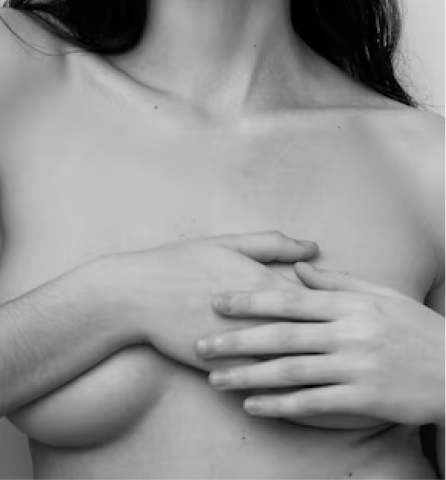

Mastology studies all the pathologies of the breast, be them benign or malignant, be them in the woman or the man. In the adult woman, it deals with the tumor pathology responsible for the highest number of deaths, especially in the most developed regions of the planet, that is, BREAST CANCER.
Even if the relation “number of new cases / number of deaths” is changing in favor of the survival of the patients affected by this pathology, mainly because of the earlier diagnosis and the discovery of new drugs, some patients still have a late diagnosis, thus, losing the chance of being cured of this disease.
With the advances of science in the last years, we know that breast cancer is not a single disease, but a group of different tumors with different behaviors and responses to treatments. Therefore, it is very important to know well what kind of tumor the patient is experiencing to more accurately attack it.
So, the main tool to beat breast cancer is still the early diagnosis.
Initial treatment may determine the course of the disease. For this reason, it is necessary to study each case from the moment of diagnosis for the purpose of choosing the most appropriate treatment, ensuring the greatest chance of cure or control of the disease for the patient.
It is crucial to have a structure for the fast and accurate diagnosis of breast changes such as nodules, nipple secretion, asymmetries or pain, for example, and, in the case of diagnosis of a malignant tumor, offer complete individualized oncological treatment, from diagnosis, surgical planning of tumor withdrawal and breast reconstruction until the return of the patient to social reintegration after treatment.
Two patients with apparently identical breast cancer histories, that is, tumors of the same size, similar breasts and the same age may receive very different treatments. This is because at the time of tumor biopsy some biological characteristics of this tumor that determine its behavior and response to the different therapies can already be studied. In fact, with this information until the surgical procedure may be different. For one patient it may be recommended to remove only the region where the tumor is, with some healthy tissue involving the lesion and for the other patient it may be favorable to prophylactically remove the two breasts with simultaneous reconstruction of the breasts.
In summary, this work requires a great interaction of all who work in this task and takes a lot of team time, studying and discussing item by item, which may be more favorable for each patient at the time of diagnosis and in each stage of reevaluation of evolution and response to the proposed treatments.
Breast conserving surgery:
Surgical procedure for removal of only the part of the breast affected by the tumor that can be combined with contralateral breast symmetrization.
Radical breast surgery: Mastectomy
Surgical procedure to remove the entire breast that can be combined with simultaneous reconstruction of this breast.
Armpit treatment: Sentinel lymph node or axillary emptying
Surgical procedures to treat axillary lymph nodes.
Bilateral mastectomy
Surgical procedure acting on both breasts to treat or prevent breast cancer.
This procedure can be done simultaneously with oncologic surgical treatment (immediate reconstruction) or at any time after the first surgery (late reconstruction).
With abdominal wall tissue (TRAM)
Surgical procedure that uses abdominal wall tissue (skin, fat, and muscle) to rebuild the breast.
With tissue from the patient’s back
The large dorsal muscle, skin, and subcutaneous tissue are used to reconstruct the new breast. It is usually necessary to complement the breast volume with silicone prosthesis.
With silicone prosthesis
When mastectomy can preserve enough skin to reconstruct the new breast, it is possible to use only silicone prosthesis without the need for other procedures.
With expander and prosthesis
When it is necessary to increase the amount of skin to cover the prosthesis that will rebuild the new breast, the tissue expander (silicone pouch) can be used under the pectoral muscle for some time and after the expansion of the desired volume for the new breast, the expander is replaced by the silicone prosthesis.
With patch of Omentum removed by videolaparoscopy
Omentum (richly vascularized fat tissue from within the abdominal cavity) can be isolated by videolaparoscopy and transferred to the operated breast region.
Surgical procedure in the healthy breast to smooth the asymmetries after the treatment of an injury by breast cancer, by congenital or acquired deformity.
Edema or swelling of the upper limb where axillary emptying has been performed which compromises the lymphatic circulation.
Supermicrosurgery
Lymphedema can be treated with lymph node transplantation, microveno-lymph anastomoses or special liposuction to improve lymphatic circulation.
To repair minor deformities or to model the breast.
